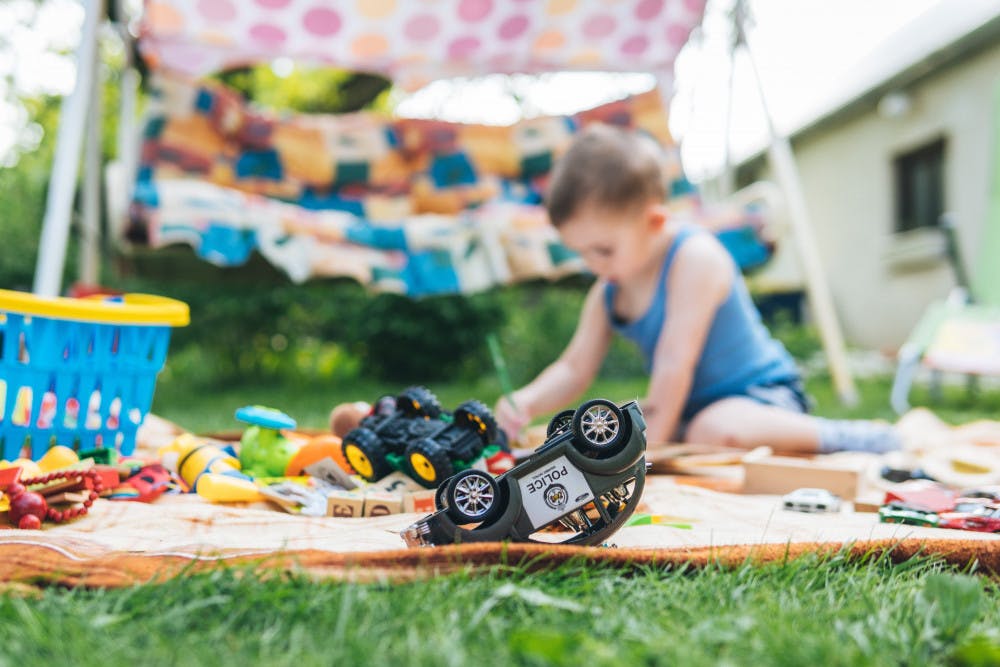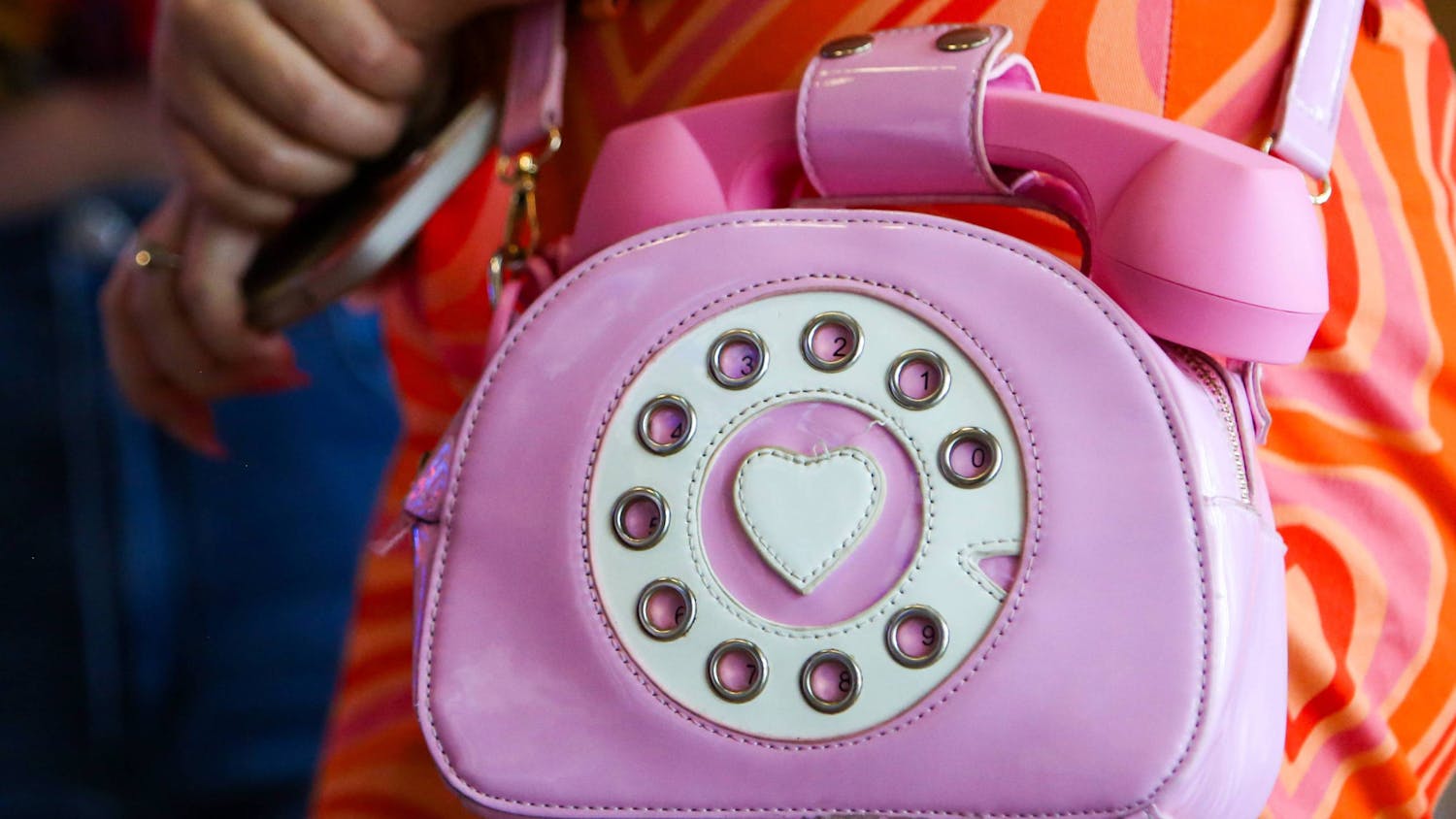I clearly remember being little and sitting in my booster seat, staring out the car window contemplating which Happy Meal toy I wanted. It was the hardest decision a little kid my age would have had to face, and I was in agony. On one hand, I could have gotten a Polly Pocket (don’t get me wrong, Polly Pockets are fun), but my other choice was a Hot Wheels racer. My gut led me toward the Hot Wheels. “We’ll go with the Hot Wheels,” my dad told the person working the drive-through. “Okay, so a boy toy,” she replied. “Sure, my daughter would like the Hot Wheels,” my dad said.
Who came up with the concept of “girl toys” and “boy toys”? I would like to have a word with whomever it was. It does not make sense to label one type of toy as more or less masculine or feminine than another type. For example, think of cars. Most toy cars, like the Hot Wheels racer I chose to accompany my Happy Meal some 15 or more years ago, are marketed toward young boys. However, most people, regardless of gender, drive cars. Adults don’t say that only men can have cars, so why should girls be made to feel as though toy cars are not for them?
The same goes for boys playing with dolls. Everyone knows a female, whether it’s his or her mom, sister, friend or partner, so why shouldn’t boys be able to play with American Girls or Barbies? It could be that learning how to care for a pretend human can promote empathy, understanding and gentleness, of which we need more amongst real humans.
Another example of gendering an arbitrary object or concept is the use of specific colors for different genders. When you go to the drugstore to pick out a card for your friend who just had a baby, you will notice one glaring difference between the cards: the color. Cards that read “Welcome, baby boy!” are blue, while the “It’s a girl!” cards are, without fail, pink. Too bad the baby can’t read and will never see the overtly gendered, overpriced baby card. Oh wait, maybe that’s a good thing. And don’t even get me started on gender reveal parties.
Too late. I just started. Inviting people over to celebrate the arbitrariness of your child’s gender boggles my mind. The cakes are often decorated with trucks, guns, bows and jewelry. All of which are hyper-gendered objects that evoke obvious feminine or masculine feelings. But why? Why shouldn’t a boy like hair bows and guns? Or why can’t a girl love wearing jewelry while driving her monster truck around town? These are silly examples, but it raises a serious question: Why are certain objects and colors so heavily gendered? The parents who threw their baby boy a blue, sports-themed gender reveal party may someday learn that he prefers the color purple and dislikes all sports. Hopefully they are just as ecstatic to learn about who he is now as they were when they speculated about who he would be before he was born. Gender reveal parties should be replaced with something else. Please invite me to your “My baby is healthy and loved, regardless of his or her gender” party. I will be there in a heartbeat.
One of my favorite shirts, which I wear regularly, reads in big block letters across the front, “Raise boys and girls the same way.” People often ask me, puzzled, what this means. It’s quite simple: Let’s let our kids decide what toys they want to play with, what their favorite color is and what their passions are without telling them what they are expected to be interested in. Let’s let kids be kids first and allow them to decide their own interests.
Hannah Whitaker is a UF English sophomore. Her column appears on Mondays.
Photo by Gyorgy Bakos on Unsplash






